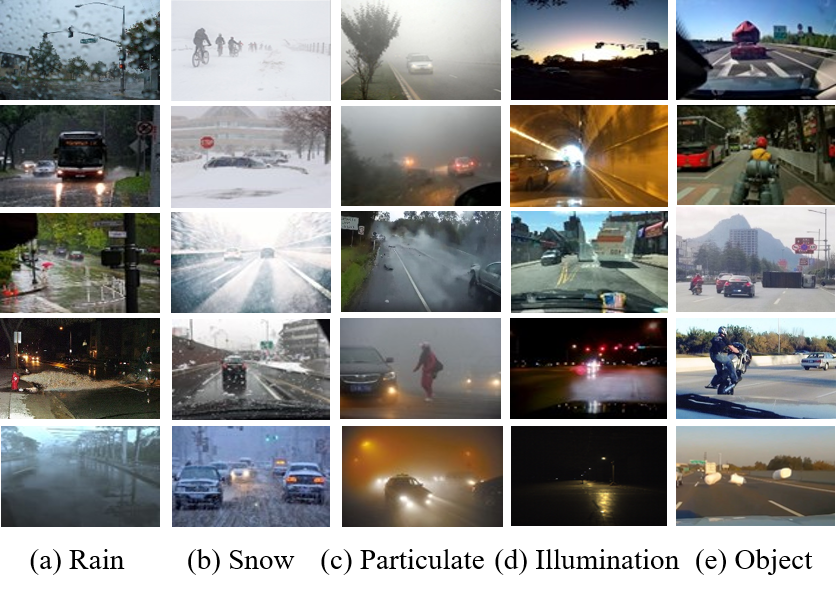SOTIF Entropy: Online SOTIF Risk Quantification and Mitigation for Autonomous Driving
Autonomous driving confronts great challenges in complex traffic scenarios, where the risk of Safety of the Intended Functionality (SOTIF) can be triggered by the dynamic operational environment and system insufficiencies. The SOTIF risk is reflected not only intuitively in the collision risk with objects outside the autonomous vehicles (AVs), but also inherently in the performance limitation risk of the implemented algorithms themselves. How to minimize the SOTIF risk for autonomous driving is currently a critical, difficult, and unresolved issue. Therefore, this paper proposes the "Self-Surveillance and Self-Adaption System" as a systematic approach to online minimize the SOTIF risk, which aims to provide a systematic solution for monitoring, quantification, and mitigation of inherent and external risks. The core of this system is the risk monitoring of the implemented artificial intelligence algorithms within the AV. As a demonstration of the Self-Surveillance and Self-Adaption System, the risk monitoring of the perception algorithm, i.e., YOLOv5 is highlighted. Moreover, the inherent perception algorithm risk and external collision risk are jointly quantified via SOTIF entropy, which is then propagated downstream to the decision-making module and mitigated. Finally, several challenging scenarios are demonstrated, and the Hardware-in-the-Loop experiments are conducted to verify the efficiency and effectiveness of the system. The results demonstrate that the Self-Surveillance and Self-Adaption System enables dependable online monitoring, quantification, and mitigation of SOTIF risk in real-time critical traffic environments.
PDF Abstract


